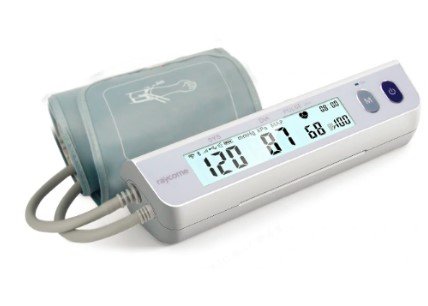Ensuring Authenticity of Medical Specimen Samples: Best Practices for Phlebotomy Procedures in the United States
Summary
- Proper identification of the patient is crucial before collecting any specimen sample.
- Strict adherence to established protocols and guidelines is essential to maintain the accuracy and integrity of specimen samples.
- Quality Control measures, such as regular training and Proficiency Testing, are implemented to ensure the authenticity of medical specimen samples.
Introduction
Medical laboratory testing plays a crucial role in diagnosing, monitoring, and treating various diseases and conditions. Phlebotomy, the process of collecting blood samples from patients, is a fundamental aspect of medical laboratory procedures. To ensure the accuracy and reliability of Test Results, it is essential to take measures to guarantee the authenticity of medical specimen samples collected during phlebotomy procedures in the United States.
Proper Patient Identification
One of the most critical measures to ensure the authenticity of medical specimen samples is proper patient identification. Before collecting any specimen sample, phlebotomists must confirm the identity of the patient to prevent any mix-ups or errors. This typically involves checking the patient's identification band or asking the patient to verify their name and date of birth. In some cases, additional identifiers, such as a unique medical record number, may be required to ensure accurate patient identification.
Methods for Proper Patient Identification
- Checking the patient's identification band
- Asking the patient to verify their name and date of birth
- Using additional identifiers, such as a unique medical record number
Adherence to Protocols and Guidelines
Another essential measure to guarantee the authenticity of medical specimen samples is strict adherence to established protocols and guidelines. Phlebotomists must follow standardized procedures for specimen collection to minimize the risk of contamination or specimen mix-ups. This includes using properly labeled and sealed collection containers, following aseptic techniques to prevent contamination, and ensuring proper handling and transportation of specimens to the laboratory.
Protocols for Specimen Collection
- Using properly labeled and sealed collection containers
- Following aseptic techniques to prevent contamination
- Ensuring proper handling and transportation of specimens
Quality Control Measures
To further ensure the authenticity of medical specimen samples, Quality Control measures are implemented throughout the phlebotomy process. This includes regular training and competency assessments for phlebotomists to ensure they are following proper procedures and guidelines. Additionally, Proficiency Testing may be conducted to evaluate the accuracy and reliability of laboratory Test Results and identify any areas for improvement.
Quality Control Measures in Phlebotomy
- Regular training and competency assessments for phlebotomists
- Proficiency Testing to evaluate the accuracy of laboratory Test Results
- Continuous quality improvement efforts
Conclusion
Ensuring the authenticity of medical specimen samples collected during phlebotomy procedures is essential to maintain the accuracy and reliability of laboratory Test Results. By implementing measures such as proper patient identification, adherence to protocols and guidelines, and Quality Control measures, Healthcare Providers can minimize the risk of errors and ensure the highest standards of patient care.

Disclaimer: The content provided on this blog is for informational purposes only, reflecting the personal opinions and insights of the author(s) on the topics. The information provided should not be used for diagnosing or treating a health problem or disease, and those seeking personal medical advice should consult with a licensed physician. Always seek the advice of your doctor or other qualified health provider regarding a medical condition. Never disregard professional medical advice or delay in seeking it because of something you have read on this website. If you think you may have a medical emergency, call 911 or go to the nearest emergency room immediately. No physician-patient relationship is created by this web site or its use. No contributors to this web site make any representations, express or implied, with respect to the information provided herein or to its use. While we strive to share accurate and up-to-date information, we cannot guarantee the completeness, reliability, or accuracy of the content. The blog may also include links to external websites and resources for the convenience of our readers. Please note that linking to other sites does not imply endorsement of their content, practices, or services by us. Readers should use their discretion and judgment while exploring any external links and resources mentioned on this blog.
